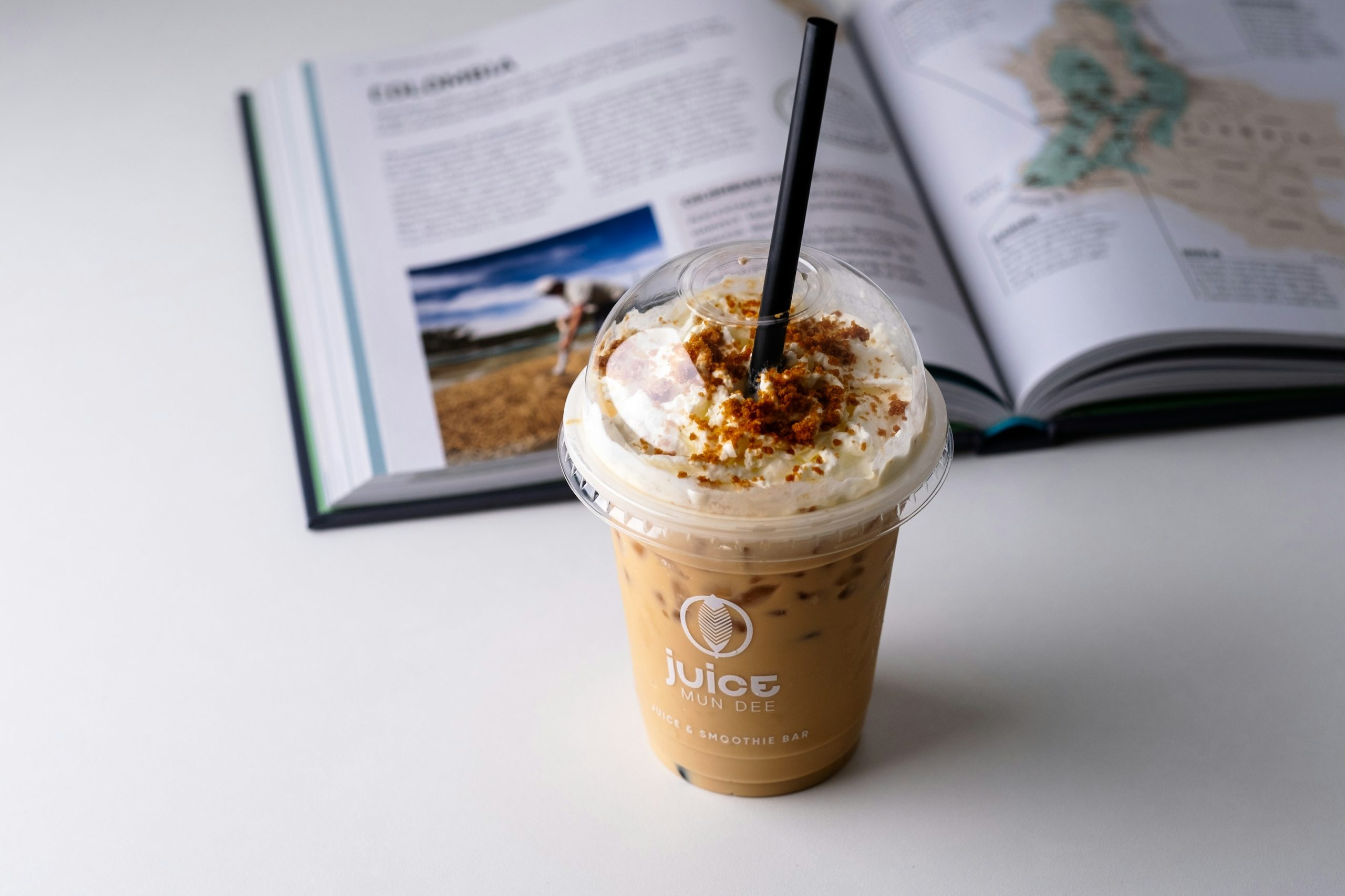An increasing number of Americans are embracing so-called “chaos cooking.” Inspired by social media platforms like TikTok, chaos cooking involves combining an array of ingredients in unexpected ways to create a boldly flavored dish.
The culinary technique has become especially popular with Gen Z and even Gen Alpha children, according to Chef Joe Labombarda, the senior VP of culinary at Chartwells Higher Education. Labombarda oversees 280 higher education foodservice operations and tracks students’ dining habits via surveys.
“Chaos cooking has become super trendy, and you can just get so creative with it,” the chef told The Food Institute. “A passionate chef is going to create an interesting dish, blending two different cuisines, but make it so delicious that the student (is) going to gravitate towards it and tell their friends on social media.”
Chaos cooking often features spicy flavor profiles but is more experimental than typical fusion cuisine. Think birria ramen bowls, bao buns filled with hot fried chicken, or kimchi omelets.
“I think fun, street food” resonates with modern consumers, Labombarda noted. “You can make a hot chicken bao bun and that sweetness of the bao bun – with a good pickle and hot fried chicken inside of it – is just delicious.
“Every year you see more and more experimentation with bold international flavor profiles and having fun with it – blending two or more very different, authentic flavor profiles.”
According to Better Homes and Gardens, chaos cooking often involves taking random ingredients from a pantry, refrigerator, or freezer, and combining them to create a dish by improvising, without a recipe. Chaos cooking typically involves mixing flavors that aren’t typically considered compatible.
The cooking technique can also, theoretically, reduce food waste.
Better Homes and Gardens suggests that chaos cooks aim to include one source of fat (such as butter or oil), an element of saltiness, and acid (such as citrus) – along with a “wild card ingredient or two.”
Trends tend to come and go, especially among young consumers. But, by the sound of it, chaos cooking could stick around awhile.
“Blending those very distinct, unique flavor profiles and making an epic dish out of it – if you’re doing it right, students are enjoying it and they’re telling their friends about it,” Labombarda said.
The Food Institute Podcast
Is it possible to balance a legacy brand and innovative ideas for a food company? Bibie Wu, chief communications and technical development officer with Del Monte, shares how her company respects its past while looking to the future, and how her dual roles in marketing and product development inform each other and improve the company.











